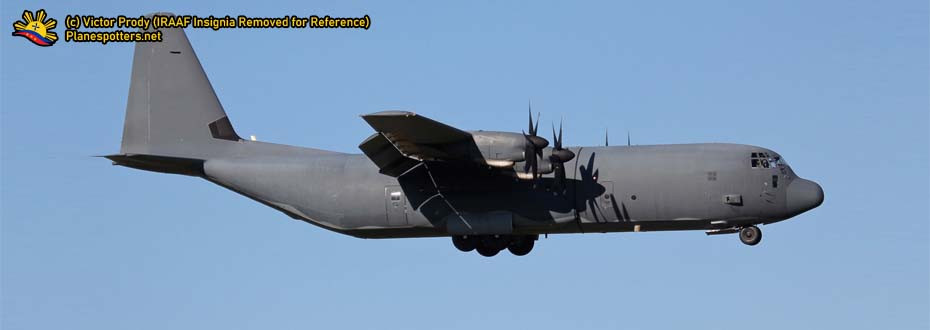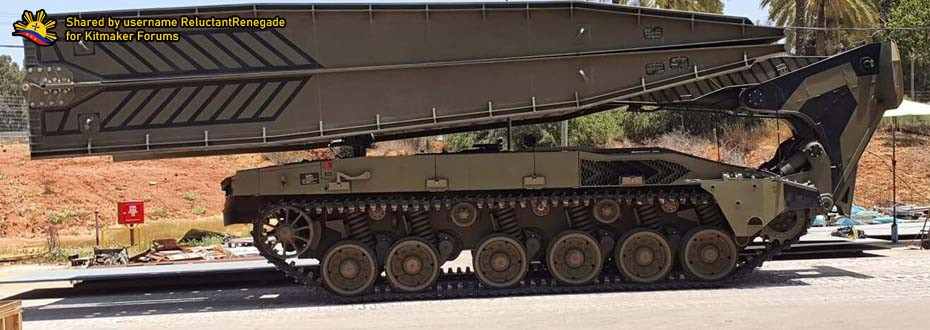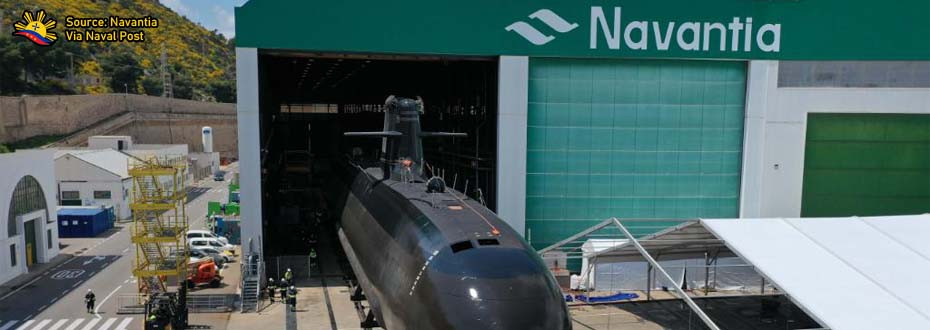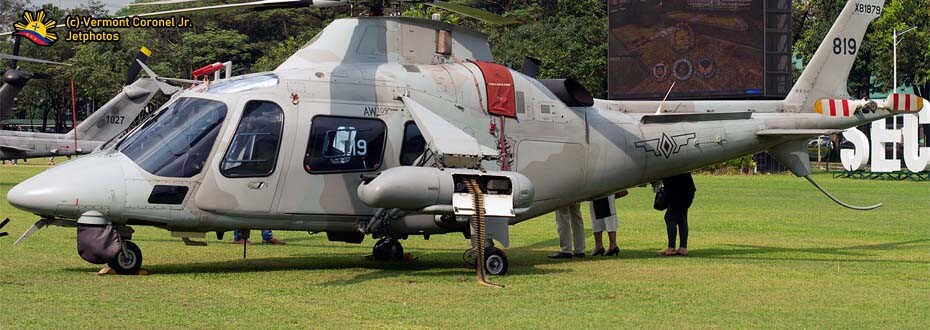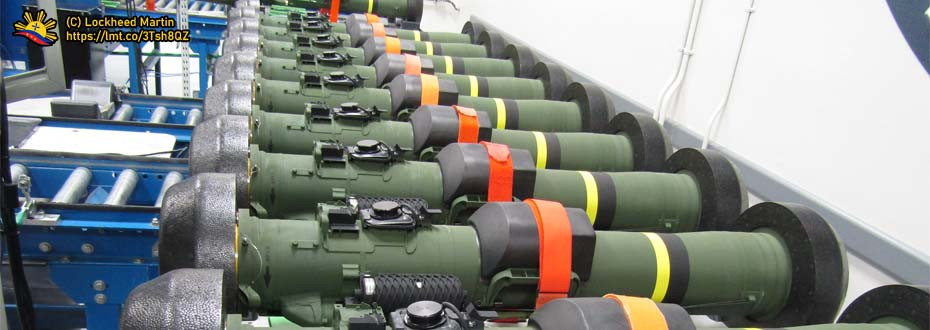The Philippine Navy operates with its naval vessels serving through the years, with the ships coming from the Offshore Combat Force having discussed here as its large vessels define the branch's current capabilities in terms of operating sophisticated vessels obtained when the Revised AFP Modernization Program was initiated from 2013 up until to the present day.
In this topic, let us discuss a sole vessel of its own class within the Philippine Navy's Littoral Combat Force as the other vessels of its class in the United States Navy were recently retired and have the possibility to be added to their naval inventory shall it pushes through.
OVERVIEW
 |
| BRP Mariano Alvarez (PS-38) docked at the portside. This is the single Cyclone-class vessel that the Philippine Navy currently has in active service. Obtained via DefensePH Forum Website. |
Through the years, the Philippine Navy is undertaking a massive transformation to its organizational setup and capabilities as they are making improvements as they based their assessments on the DOTMLPF papers its brilliant personnel came up, with the number of procurement projects, budget proposals, construction of facilities, and recruitment of personnel is underway to sustain their growth in line to the objectives laid under the Revised AFP Modernization Program or the Republic Act. 10349.
It is at this period of growth that warships of both old and new are seen as viable options for the Philippine fleet to take, provided that they fit the mission requirements and other factors that the leadership made based on the DOTMLPF analysis they created, as it bears fruit multiple projects that the organization fully utilize presently, such as the Del Pilar-class Offshore Patrol Vessels and Jose Rizal-class Frigates that were discussed thoroughly on this website.
The ships that were just mentioned usually came in threes or in pairs, by which one can replace or augment together in protecting the country's maritime domain without disruptions, especially if one or more ships have undertaken preventive maintenance schedule or repairs and upgrades that will improve the overall capability of a warship in terms of its sensors and firepower, that is essential in safeguarding the country's territorial integrity such as the one currently taking place in the West Philippine Sea.
In this discussion, we will provide a story about a vessel within the Philippine Navy in which it is a class of its own, at least in its present sense as it actively serves the fleet in its full service as the other ships that comprise the country's naval fleet, and that may change as this single vessel may soon end up having a companion that will surely add the number of ships in its class.
Speaking of numbers, it is not surprising that the Philippine Navy is badly in need of warships, both new and used, as it went to the decommissioning spree where it put its old, Second World War-era vessels to rest without any immediate replacement for them as of this article's posting, with the hopes that the deals they currently materializing will push through eventually and start the required works of replenishing the fleet of renewed gray hulls of various age, size, and shape.
THE BRP MARIANO ALVAREZ (PS-38)
 |
BRP Mariano Alvarez (PS-38) was seen moored alongside a Del Pilar-class Offshore Patrol Vessel.
(c) David's World 2011, obtained via Flickr. |
Currently, the BRP Mariano Alvarez (PS-38) serves actively in the Philippine Navy's fleet as a lone class of its own, wherein it was once known as the USS Cyclone (PC-1), which was also the leading ship of its fleet during its service in the United States Navy from 1991 to 2000 until it was acquired by the Philippine Navy in 2004 which still serves its role until today.
From its service life alone, one might say that it served more years in the Philippine Navy than it was with the United States, with its decade-long service with the fleet. Also, the BRP Mariano Alvarez is considered the oldest vessel among its class of ships, in which the Cyclone-class vessels that were decommissioned in the United States Navy are worth getting for the Philippine Navy to supplement the numbers further for its fleet to operate efficiently since they decommissioned older World War 2 era ships recently.
Before newer-built naval combat vessels like the Multipurpose Attack Crafts (MPAC) and the Jose Rizal-class Frigates, the BRP Mariano Alvarez (PS-38) was considered the newest and youngest vessel of its time, which is considered younger than the Jacinto-class Patrol Vessels that the Philippine Navy received from the United Kingdom in 1998 and the rest of the fleet which were basically old that time with most of the ships now already decommissioned from service.
Its operational achievements throughout its active service in the Philippine Navy were thoroughly reported and documented in several news outlets, such as this 2012 Sunstar article involving smuggled goods that were confiscated in Zamboanga Sibugay, where the officers and crew of BRP Mariano Alvarez successfully intercepted the questionable vessel, with its crew given the Bronze Cross Medal for the accomplishment.
Its other operational achievements involve multilateral naval exercises such as this 2018 four-day trilateral security exercises, wherein it took place in the City of Zamboanga involving neighboring countries Indonesia with its Tentara Nasional Indonesia - Angkatan Laut (TNI-AL) ship KRI Sura 802, and Malaysia with its Royal Malaysian Navy ship KD Pari, going alongside Philippines' very own BRP Mariano Alvarez PS-38.
With most of its operations described as it took place in Western Mindanao, particularly in Zamboanga City, it goes to show the performance of BRP Mariano Alvarez as a coastal patrol vessel that can deter littoral threats in the sea, especially given the situation that the seas surrounding the area, as well as in the Sulu Sea and Moro Gulf areas came with threats ranging from radical terrorists to economically-destabilizing smugglers that can give relief to larger ships into patrolling areas like the West Philippine Sea.
OTHER CYCLONE-CLASS VESSELS DECOMMISSIONED FROM THE UNITED STATES NAVY
 |
Three Cyclone-class coastal patrol vessels patrolling in the Persian Gulf in 2015.
(c) U.S. Navy Photos, obtained from Wikimedia Commons. |
Out of fourteen (14) Cyclone-class patrol vessels that were produced for the United States Navy, one is currently with the Philippine Navy as the BRP Mariano Alvarez, with the remainder being with the United States Navy (USN), with three vessels recently decommissioned from the latter, lowering the number of active ships in the USN further down to 10 units.
The three Cyclone-class patrol vessels that were recently decommissioned from the United States Navy were the USS Zephyr (PC-8), USS Shamal (PC-13), and USS Tornado (PC-14), all of which were based in Mayport, Florida, with the rest still assigned in the Persian Gulf, specifically based in Manama, Bahrain.
These three Cyclone-class patrol vessels aforementioned are considered younger than the BRP Mariano Alvarez PS-38, as the USS Zephyr (PC-8) was commissioned to the United States Navy a year later than the then-USS Cyclone (PC-1) in 1994, with USS Shamal (PC-13) and USS Tornado (PC-14) originally entered service in 1996 and 2000, respectively. Having these ships may also mean extending their service further, with their performance and maintenance coming in parallel to the BRP Mariano Alvarez (PS-38), which is easier for the Philippine Navy to have from a logistical standpoint.
In the report provided by the Philippine News Agency (PNA), the Philippine Navy chief Vice Admiral Giovanni Carlo Bacordo, the fleet will be glad if they can acquire at least five (5) Cyclone-class coastal patrol vessels from the United States Navy. This means that three newly-decommissioned Cyclone-class vessels are not enough for the fleet to take and still lack at around 2 units more to complete the number, totaling it up to six units overall, lining it up to the rule of three principles.
The acquisition of at least five (5) Cyclone-class coastal patrol vessels from the United States Navy may still depend on the assessments of the fleet's Joint Visual Inspection (JVI) team that will determine the feasibility and condition of the decommissioned vessels to their extent of wear and tear during its service with the United States Navy before it is considered good to be acquired and to be turned over to the Philippine Navy for littoral security use.
Given the extent of operations that Cyclone-class vessels served during their active duty in the United States Navy, it will not be 100% that such vessels will be transferred to the Philippine Navy as some units may end up as sold for scrap or as a vessel on another navy that also sees interest into having these ships (even though the Philippine Navy has the great advantage due to BRP Mariano Alvarez's service in its fleet).
These newly-decommissioned vessels are something that the Philippine Navy direly needs as their fleet needs additional vessels that will add the number of active warships securing the country's long coastline, along with the territorial and Exclusive Economic Zone waters that surround the Philippine Republic.
SPECIFICATIONS
 |
| Click the image above to enlarge and see the details. Source. |
The length and beam of the ship shown above are typical for a coastal patrol vessel, coming at around 51.62 meters and 7.62 meters, respectively. Its size, comparatively, is larger than the newer Parola-class Multirole Response Vessels that the Philippine Coast Guard currently obtains.
Meanwhile, the vessels are roughly smaller than the World War 2-built Malvar-class Corvettes the Philippine Navy aims to decommission throughout the duration of the Revised AFP Modernization Program, which is from 2013 to 2028, obtaining its own length and beam of 56.2 meters and 10 meters, respectively.
Its propulsion system came with a Valenta 16CM Diesel Engine made by Paxman (which is now a subsidiary of MAN Energy Solutions-UK), with a rating of 3350 bhp @ 1500 engine rpm, and it came with 4 units per vessel, in which it can operate at the maximum speed of 35 knots.
The maximum speed it can operate suffices enough at its size, between the 25 knots provided by larger vessels like the Jacinto-class Patrol Vessels and Jose Rizal-class Frigates (albeit this also the cruising speed allowable for the Cyclone-class Coastal Patrol Vessels), and the approximately 40 knots provided by smaller vessels like the Multipurpose Attack Crafts currently employed by the Philippine Navy and Fast Attack Interdiction Crafts-Missile (FAIC-M), in which Israel Shipyard's Shaldag Mk. V is the primary contender in the project.
Having a capacity of carrying 39 personnel (including 30 crew) and only having 10 days of endurance, the patrol vessels are designed as intended on its function as a littoral security asset, limited near coastlines and territorial seas like the Sulu Sea area, in which with the added numbers that the Philippine Navy desires to have will relief better, capable ships that are required to do offshore security missions such as in the West Philippine Sea.
Summarizing the specifications as provided, the Cyclone-class coastal patrol vessels like the BRP Mariano Alvarez (PS-38) is just sufficient as it is designed to do, with adding similarly-capable vessels surely add the capability of the Philippine Navy in terms of dedicated coastal patrol assets, as the allocation of resources allow other vessels to be designated somewhere else, given the country's vast maritime domain that needs to be secured and covered.
KNOWING BOLLINGER SHIPYARDS
 |
Fisheries research vessel NOAA OREGON II (R 322) in Miss Darby drydock at Bollinger Shipyard, Louisiana.
Image Source - Reddit. |
This article will not be complete without understanding the shipbuilder behind the construction of the Cyclone-class coastal patrol vessels, which is a known contractor of different maritime agencies in the United States that looks in creating and maintaining small and capable ships of different agencies, from the United States Navy to the United States Coast Guard, down to the National Oceanic and Atmospheric Administration or NOAA (as seen above).
The company currently operates 14 shipyards, with 42 dry docks at its disposal, which are all essential to its operations as a repair and maintenance contractor, as well as a notable shipbuilder that produces small and medium vessels for different agencies of the United States government and eventually trickling down to the other users of different countries like the Philippines through its naval force.
Its beginnings started in 1946 when the shipyard was founded by Donald G. Bollinger in Lockford, Louisiana, the place where the Cyclone-class Coastal Patrol Vessels were built, and also where their business started by building barges and work vessels, as well as fishing vessels intended for small players at that time and also in-part thanks to the oilfield boom in their area that time.
It was not until 1971 that the company expanded its operations throughout the state of Louisiana, by which they took a decade more until 1984 when they first won the contract with the United States Government for the construction of the 34 meter-long Island Class cutters for the United States Coast Guard, which it paved the way for more contracts from the government which included the vessels that may find its way to the Philippine Navy.
The company is still in operations today, receiving contracts from the United States government in producing newer ships for different government agencies like the United States Navy and Coast Guard, and in the repair and maintenance of ships that upkeeps the seaworthiness of vessels that helps the company keeping its profitability projections in check, and in enhancing their skills and reputation further as a known U.S. shipbuilder.
WHAT REMAINS TO BE SEEN
The Philippine Navy badly needs additional vessels that will help protect its maritime domains, particularly at the borders that came with multiple threats from local radical terrorists that endanger lives and peace situations in the south and the ever-capable regional adversary creeping in the western seaboard.
The planned acquisition of newly-decommissioned Cyclone-class Patrol Vessels from the United States Navy is just seen as one of the plans that the service branch sees in improving its capability, along with other projects that involve the purchase of submarines, corvettes, landing platform docks, and offshore patrol vessels.
This decision to go after these newly-decommissioned coastal patrol vessels is a logical one, especially with the Philippine Navy's current operating vessel, the BRP General Mariano Alvarez (PS-38), belonged to this same class of vessels that were decommissioned and is currently the sole country outside the United States that operates such type of vessel in its fleet.
The experiences that the Philippine Navy has in operating BRP General Mariano Alvarez (PS-38) served as an advantage for the country shall it pursue the acquisition of other Cyclone-class coastal patrol vessels, especially that it will relieve other better-capable vessels that it will be defending and securing other maritime areas of the country such as the Philippine (Benham) Rise and the West Philippine Sea.
All that is left is to let the time tell the outcome of this plan, especially in the idea of buying these decommissioned vessels, as the process of acquiring military assets usually come with uncertainty, with factors ranging from the country's economic performance to the government's taxation collection efforts play a role on how things will prefer to the implementation of the project.
Nevertheless, just as with other projects, this idea comes with hopes and aspirations that the Philippine Navy, along with the rest of the Armed Forces of the Philippines, will eventually modernize with its capabilities satisfied, personnel quota met, and military projects for weapons acquisition and facility building accomplished, all to obtain a minimum credible defense posture by the year 2028.
















